#european blueberry
Text
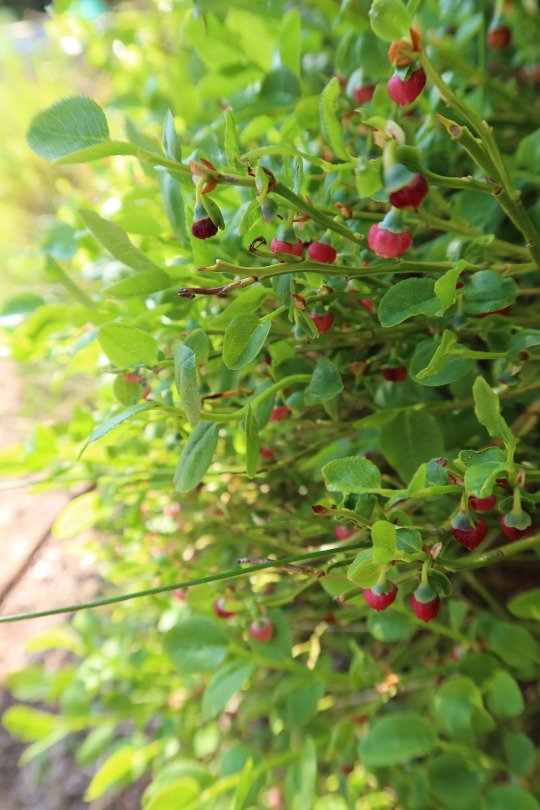
Vaccinium myrtillus — European blueberry a.k.a. bilberry
7 notes
·
View notes
Video
n57_w1150 by Biodiversity Heritage Library
Via Flickr:
Flore forestière :. Paris :J. Rothschild,1872.. biodiversitylibrary.org/page/13414188
#Forest plants#Forests and forestry#Missouri Botanical Garden#Peter H. Raven Library#dc:identifier=http://biodiversitylibrary.org/page/13414188#berberis#Barberries#rhamnus cathartica#Buckthorn#rubus fruticosus#blackberry#rubus#brambles#calluna vulgaris#calluna#erica#heath#vaccinium myrtillus#European blueberry#heather#ling#barberry#bilberry#European buckthorn#wimberry#purging buckthorn#whortleberry#botanical illustration#scientific illustration
4 notes
·
View notes
Text

Vegan Palacinky (Sweet Crepes)
#vegan#breakfast#brunch#slovak cuisine#czech cuisine#central european cuisine#crepes#pancakes#palacinky#whole wheat#rice flour#plant milk#strawberries#blueberries#date syrup#sparkling water#sea salt
40 notes
·
View notes
Text
tw!: CN server spoilers! Giann Von Hagen sprite reveal under the cut!
Look,
I'm just saying Ailine is in on it at this point cos what the fuck do you mean this man is committed to his fiancée, but has a man that's insanely pretty as his best friend that he helped move to his country, funding literally everything, with a research hospital straight up named after the two of them ????
and he looks like THIS?

i'm not saying he looks gay i'm just saying yes he fucking does he and vyn are on the dl and are using the "best friends" excuse that so many lesbians and gays in history have used to get away with living together without being suspected of homosexuality
anyways happy pride month to austin von hagen and his two fruity ass sons
#tears of themis#lu jinghan#giann von hagen#i saw gay and i said gay#I MEAN#blueberries and grapes and plums i'm saying the Von Hagen family is a fucking fruit basket#GAY OR EUROPEAN#SO MANY SHADES OF GREY
21 notes
·
View notes
Text

Vegan Gluten-Free Polish Pampuchy (recipe in Polish)
#vegan#gluten free#pampuchy#steamed yeast buns#polish cuisine#poland#food#polish food#foodblr#food photography#european cuisine#dinner#summer food#sweet tooth#sweet food#bilberry#bilberries#grandmacore#blueberry#vegan food
47 notes
·
View notes
Text
Morning walk in the woods
Taken 25 September 2022





#nature photography#nature photos#forest#woods#autumn colours#trees#ferns#wild european blueberries#common bilberries#my photos#landscape#landscape photography#enjoying the moment#loving nature#calmness#silence#finland
5 notes
·
View notes
Text



Jan Balcárek and Lukáš Balcárek in
Light & Love: Blueberry Sky
2015, MV, dir. Martin Linhart IMDB - YT
#Czech#čumblr#Czech music#Light & Love#Blueberry Sky#Jan Balcárek#Lukáš Balcárek#Martin Linhart#music video#music video edit#czech pop music#czech pop#central Europe#european pop music#european pop#2010s#short film#Czechia#Czech Republic#Czech pop culture#singer#Czech cinema#Czech film#gif
0 notes
Text
Home-cooked delights for Sunday Brunch at Mom & Tina's Libis
When it comes to finding the perfect spot for a cozy Sunday brunch, Mom & Tina’s new branch in Libis hits all the right notes. As a food blogger and a devoted lover of comfort food, I eagerly anticipated the new store opening of this delightful bakery café chain founded by the talented mother and daughter duo, Belen Torres and Tina Santos. What started as a hobby quickly blossomed into a popular…
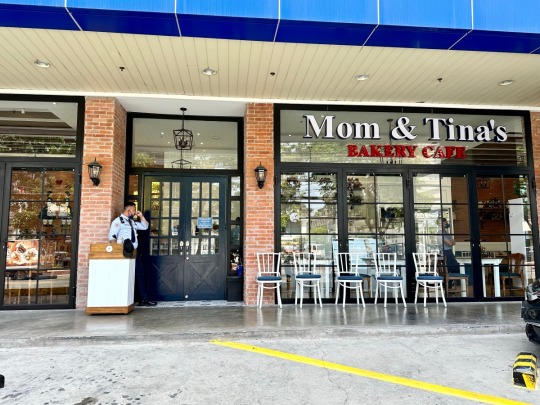
View On WordPress
#American favorites#bakery café#blueberry cheesecake#comfort dining#comfort food#comforting Sunday brunch#Country-fried Chicken and Waffles#cozy brunch spots#Cream of Mushroom Soup#delightful desserts#European classics#family bonding#family-friendly#filipino cuisine#fresh ingredients#friendly staff#home-cooked dishes#inviting atmosphere#Libis#Libis food scene#mom & tina’s#Peanut Butter Fudge Cupcake#restaurant review#shepherd’s pie#Sunday brunch#traditional recipes#us roast beef#warm ambiance
0 notes
Photo
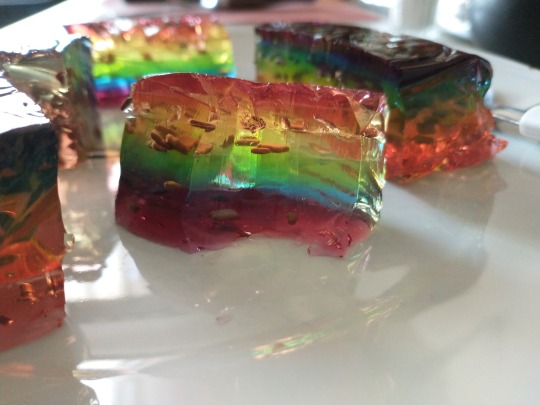

gay jelly 🌈
#its pride month somewhere...#this took all day to make lol#the flavors are: cherry peach lemon gooseberry and uh. two different kinds of blueberry i guess lmao#i think the blue one is american blueberry n the purple is european. idk the names werent specific but european blueberry is More Purble so#anyway it taste good#fenposting
0 notes
Text

Vaccinium myrtillus — European blueberry a.k.a. bilberry
10 notes
·
View notes
Text
August 2023 witch guide
August 2023 witch guide
Full moon: August 1st in Aquarius
New Moon: August 16th
Blue moon: August 30th Aquarius into Pisces
Sabbats: Lughnasadh August 1st
August Sturgeon Moon
Also known as: Corn moon, harvest moon, ricing moon, barley moon, dog moon, fruit moon, grain moon, herb moon, red moon & wyrt moon
Element: Fire
Zodiac: Leo & Virgo
Animal spirts: Dryads
Deities: Diana, Ganesha, Hathor, Hecate, Mars, Nemesis, Thot & Vulcan
Animals: Dragon, lion, phoenix & sphinx
Birds: Crane, eagle & falcon
Trees: Alder cedar & hazel
Herbs/plants: Basil, bay, chamomile, fennel, orange, rosemary, rue & St. John's wort,
Flowers: Angelica, marigold, sunflower
Scents: Frankincense & heliotrope
Stones: Carnelian, cats/tiger's eye, fire agate, garnet, red jasper & red agate
Colors: Gold, orange, red & yellow
Energy: Authority, appreciation, courage, entertainment, finding your voice, friendship, gathering, harvesting energy, health, love, pleasures, power &vitality
Sturgeon moon gets it's name from the high numbers that are caught at the Great Lakes & Lake Champlain in North America during this time of year. The names come from a number of places including Native Americans, Colonial Americans & European sources.
Lughnasadh
Also known as: Lammas, August eve & Feast of bread
Season: Summer
Symbols: Scythes, corn, grain dollies & shafts of grain
Colors: Gold, green, yellow, red, orange, light brown & purple
Oils/incense: Aloe, apple, corn, eucalyptus, safflower, rose & sandalwood
Animals: Cattle & chickens
Stones: Aventurine, carnelian, citrine, peridot, sardonyx & yellow diamond
Foods: Apples, grains, barley cakes, wild berries, cider, honey, potatoes, rice, sun shaped cookies, blackberry, corn, nuts, breads, blueberry. berry pies & grapes
Herbs/Plants: Alfalfa, aloe, all grains, blackberry, corn, corn stalk, crab apple, fenugreek, frankincense, ginseng, goldenseal, grapes, myrtle, oak leaves, pear, rye, blackthorn &wheat
Flowers: Sunflower, cyclamen, heather, hollyhock & medowsweet
Goddesses: Aine, Alphito, Bracacia, Carmen, Ceres, Damina, Demeter, Freya, Grain goddesses, Ishtar, Kait, Kore, Mother Goddess, Sul, Sun Goddesses, Taillte, Zaramama, Ereshkigal & Ianna
Gods: Athar, Bes, Bran, Dagon, Ebisu, Dumuzi, Ghanan, Grain Gods, Howtu, Liber, Lono, Lugh, Neper, Odin, Sun Gods & Xochipilli
Issues, Intentions & Power: Agriculture, changes, divination, endings, fertility, life, light, manifestation, power, purpose, strength, success & unity
Spellwork: Sun magick, rituals of thanks/offerings, bounty, abundance & fire magick
Activities:
Bake fresh bread
Weave wheat
Take walks along bodies of water
Craft a corn doll
Watch the sunrise
Eat outside with family/friends/coven members
Donate to your local foodbank
Prepare a feast with your garden harvest
Give thanks to the Earth
Decorate your altar with symbols of the season
Clean up a space in nature
Plant saved seeds
This cross-quarter fire festival is celebrated on August 1st or the first full moon of Leo & the seventh sabbat of the year. It represents the first harvest when the Earth's bounty is given for the abundance received.
Some believe this is the time where the God has weakened & is losing his strength as seen in the waning of the day's light. The Goddess is pregnant with the young God who will be born on Yule.
In some traditions, this day honors the Celt god Lugh, the god of craftsmanship; He is skilled in many things including wheel making, blacksmithing & fighting. Though there is some discrepancy as to why Lugh is honored on this day. Some tales say it's because he held a harvest faire in honor of his adoptive mother, Tailtiu.
Sources;
Farmersalmanac .com
Boston Public Library- The Origins & Practices of Lammas/Lughnasadh by Dhruti Bhagat
Llewellyn's Complete Book of Correspondences by Sandra Kines
A Witch's Book of Correspondences by Viktorija Briggs
#witchcraft#wheel of the year#sabbat#lughnasadh#lammas#sturgeon moon#witchblr#wiccablr#paganblr#pagan#wicca#grimoire#book of shadows#witches of tumblr#tumblr witch#moon magic#witch tips#Witch guide#witchy things#traditional witchcraft#witch community#witch society#greenwitchcrafts#spellwork#witches#witch friends#all witches#correspondence
472 notes
·
View notes
Text
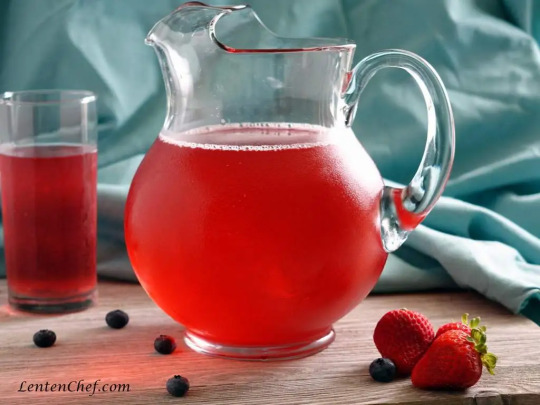
Kompot / Russian Fruit Punch (Vegan & Non-Alcoholic)
#vegan#drinks#kompot#fruit punch#russian cuisine#ukranian cuisine#eastern european cuisine#strawberries#blueberries#berries#peaches#pears#apples#lemon#easy to raw veganize#❤️
37 notes
·
View notes
Photo

"Blueberry" in various European languages
by u/porredgy
320 notes
·
View notes
Text
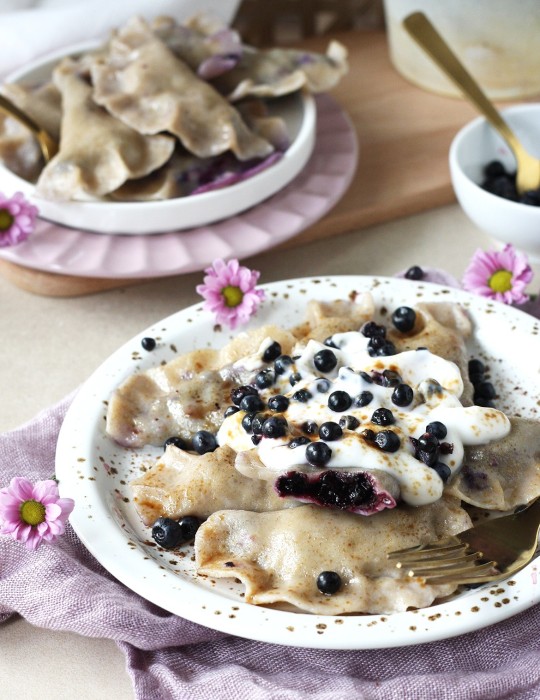
Vegan Gluten-Free Polish Bilberry Pierogi (recipe in Polish)
#pierogi#vegan#gluten free#polish food#polish cuisine#vegan food#food#poland#sweet food#sweet tooth#dinner#european cuisine#polska#polishcore#foodblr#food photography#bilberries#bilberry#blueberries#blueberry
34 notes
·
View notes
Text
When you think of Eastern European Jewish cuisine, which words come to mind? Light? Healthy? Plant based? Probably not. Heavy, homey and meat-centric are more like it.
Fania Lewando died during the Holocaust, but had she been given the full length of her years, Ashkenazi Jewish cuisine may have taken a turn to the vegetarian side and we might all be eating vegetarian kishke and spinach cutlets in place of brisket.
Lewando is not a household name. In fact, she would have been lost to history had it not been for an unlikely turn of events. Thanks to a serendipitous find, her 1937 work, “The Vilna Vegetarian Cookbook” (“Vegetarish-Dietisher Kokhbukh”in Yiddish), was saved from oblivion and introduced to the 21st century.
Vilna in the 1930s, where Lewando and her husband Lazar made their home, was a cosmopolitan city with a large Jewish population. Today, it is the capital of Lithuania but it was then part of Poland. Lewando opened a vegetarian eatery called The Vegetarian Dietetic Restaurant on the edge of the city’s Jewish quarter. It was a popular spot among both Jews and non-Jews, as well as luminaries of the Yiddish-speaking world. (Even renowned artist Marc Chagall signed the restaurant’s guest book.)
Lewando was a staunch believer in the health benefits of vegetarianism and devoted her professional life to promoting these beliefs. She wrote: “It has long been established by the highest medical authorities that food made from fruit and vegetables is far healthier and more suitable for the human organism than food made from meat.” Plus, she wrote, vegetarianism satisfies the Jewish precept of not killing living creatures.
We know little about her life other than she was born Fania Fiszlewicz in the late 1880s to a Jewish family in northern Poland. She married Lazar Lewando, an egg merchant from what is today Belarus and they eventually made their way to Vilna. They did not have children.
Lewando, to quote Jeffrey Yoskowitz, author of “The Gefilte Manifesto” was “a woman who challenged convention;” a successful entrepreneur, which was a rarity among women of the time. She supervised a kosher vegetarian kitchen on an ocean liner that traveled between Poland and the United States, and gave classes on nutrition to Jewish women in her culinary school.
“The Vilna Vegetarian Cookbook” was sold in Europe and the U.S. in Lewando’s day, but most of the copies were lost or destroyed during the Second World War. In 1995, a couple found a copy of the cookbook at a second-hand book fair in England. They understood the importance of a pre-war, Yiddish-language, vegetarian cookbook written by a woman, so purchased it and sent it to the YIVO Institute’s offices in New York. There, it joined the millions of books, periodicals and photos in YIVO’s archives.
It was discovered again by two women who visited YIVO and were captivated by the book’s contents and colorful artwork. They had it translated from Yiddish to English so it could be enjoyed by a wider audience.
Like many Ashkenazi cooks, salt was Lewando’s spice, butter her flavor and dill her herb. The book is filled with dishes you’d expect: kugels and blintzes and latkes; borscht and many ways to use cabbage. There’s imitation gefilte fish and kishke made from vegetables, breadcrumbs, eggs and butter. Her cholent (a slow-cooked Sabbath stew) recipes are meat-free, including one made with prune, apple, potatoes and butter that is a cross between a stew and a tzimmes.
There are also some surprises.
Did you know it was possible to access tomatoes, eggplants, asparagus, lemons, cranberries, olive oil, Jerusalem artichokes, blueberries and candied orange peel in pre-war Vilna? There’s a French influence, too, such as recipes for mayonnaise Provencal and iles flottante, a meringue-based dessert, and a salad of marinated cornichons with marinated mushrooms.
“It’s hard to know who the target audience was for this cookbook,” said Eve Jochnowitz, its English-language translator. “We know from contemporary memoirs that people in Vilna did not have access to these amazing amounts of butter, cream and eggs,” she said. “Lewando was writing from a somewhat privileged and bourgeois position.” While many of these recipes may have been aspirational given the poverty of the Jews at the time, the cookbook demonstrates that it was possible to obtain these ingredients in Vilna, should one have the resources to do so.
While the cookbook is filled with expensive ingredients, there is also, said Jochnowitz, “a great attention to husbanding one’s resources. She was ahead of her time in the zero-waste movement.” Lewando admonishes her readers to waste nothing. Use the cooking water in which you cooked your vegetables for soup stock. Use the vegetables from the soup stock in other dishes. “Throw nothing out,” she writes in the cookbook’s opening essay. “Everything can be made into food.” Including the liquid from fresh vegetables; Lewando instructed her readers on the art of vitamin drinks and juices, with recipes for Vitamin-Rich Beet Juice and Vitamin-Rich Carrot Juice. “This was very heroic of her,” said Jochnowitz. “There were no juice machines! You make the juice by grating the vegetables and then squeezing the juice out by hand.”
Barbara Kirshenblatt-Gimblett, a Jewish scholar and Jewish cookbook collector, describes Lewando as “witty.” “She is showing us,” she said, “that once you eliminate meat and fish, you still have an enormous range of foods you can prepare.” Lewando is about “being creative, imaginative and innovative both with traditional dishes and with what she is introducing that is remote from the traditional repertoire.” She does that in unexpected ways. Her milchig (dairy) matzah balls, for example, have an elegance and lightness to them. She instructs the reader to make a meringue with egg whites, fold in the yolks, then combine with matzah meal, melted butter and hot water. Her sauerkraut salad includes porcini mushrooms. One of her kugels combines cauliflower, apples, sliced almonds and candied orange peel.
There is much that, through contemporary eyes, is missing in “The Vilna Vegetarian Cookbook.” The recipes do not give step-by-step instructions; rather you will find general directions. Heating instructions are vague, ranging from a “not-too-hot-oven” to a “warm oven” to a “hot oven.” Lewando assumes the reader’s familiarity with the kitchen that today’s cookbook writer would not.
Lewando and her husband were listed in the 1941 census of the Vilna Ghetto but not in the census of 1942. It is believed that they both died or were killed while attempting to escape. “She really was a visionary,” said Jochnowitz. “It is an unbearable tragedy that she did not live to see the future that she predicted and helped to bring about.”But in cooking her recipes, said Yoskowitz, as dated and incomplete as some of them may be, the conversation between then and now continues.
70 notes
·
View notes
Photo
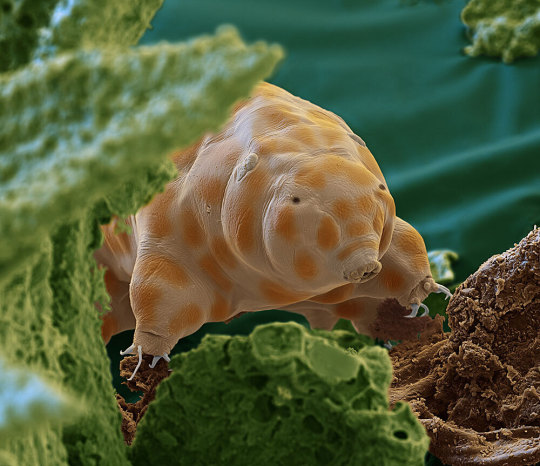
The newfound species seen here is one of about 1,300 known types of tardigrades. It was discovered in moss growing on dead tree trunks in Germany’s Black Forest. Far too small to see with the unaided eye, this creature is among billions of life-forms on the forest floor that are essential to the health of the planet. Magnified 2,400 times.
THESE TINY CREATURES ARE MARVELOUS
PHOTOGRAPH BY OLIVER MECKES AND NICOLE OTTOWA
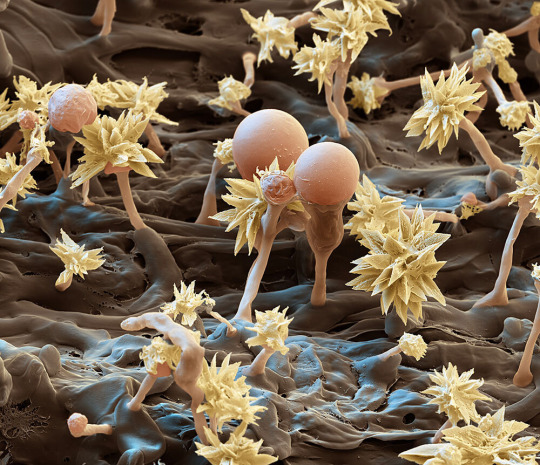
Fungi like this Resinicium bicolor—shown magnified 7,000 times—start breaking down dead trees by digesting lignin, the complex compound that helps form woody cell walls in plants.
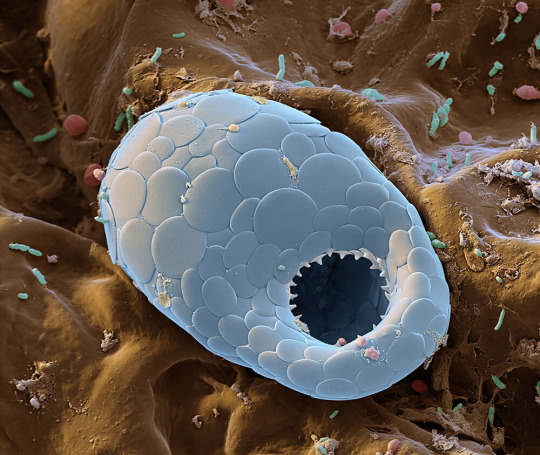
Scales of silica cover the single-celled body of a testate amoeba. These types of amoebas are named for the hard shells they create, possibly for protection against environmental changes within the forest litter.

Resembling a fairy’s gift basket, the fruiting body of a slime mold, magnified 400 times, releases spores from its perch on woody debris draped in fungal filaments. Slime molds feast on other microbes found in decaying plant

Some mycorrhizal fungi make their homes inside plant cells, as seen in this cross section of a European blueberry root. This allows soil residents of very different sizes to exchange nutrients—helping the forest
#oliver meckes#nicole ottowa#photographer#tardigrades#moss#germany#black forest#micro photography#nature#national geographic#fungi#resinicium bicolor#testate amoeba#slime mold#mycorrhizal fungi
634 notes
·
View notes